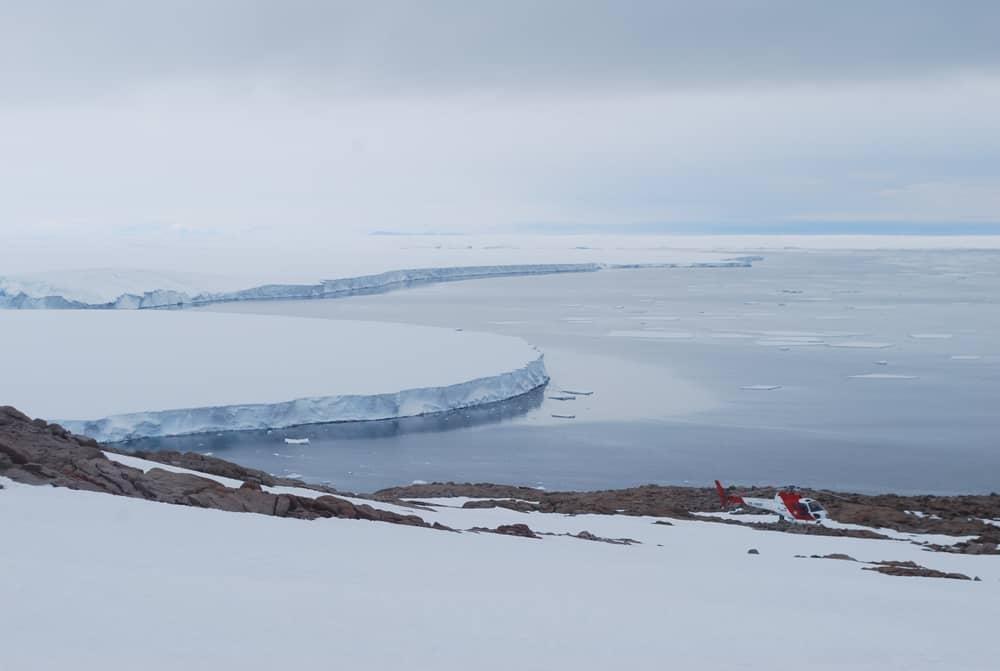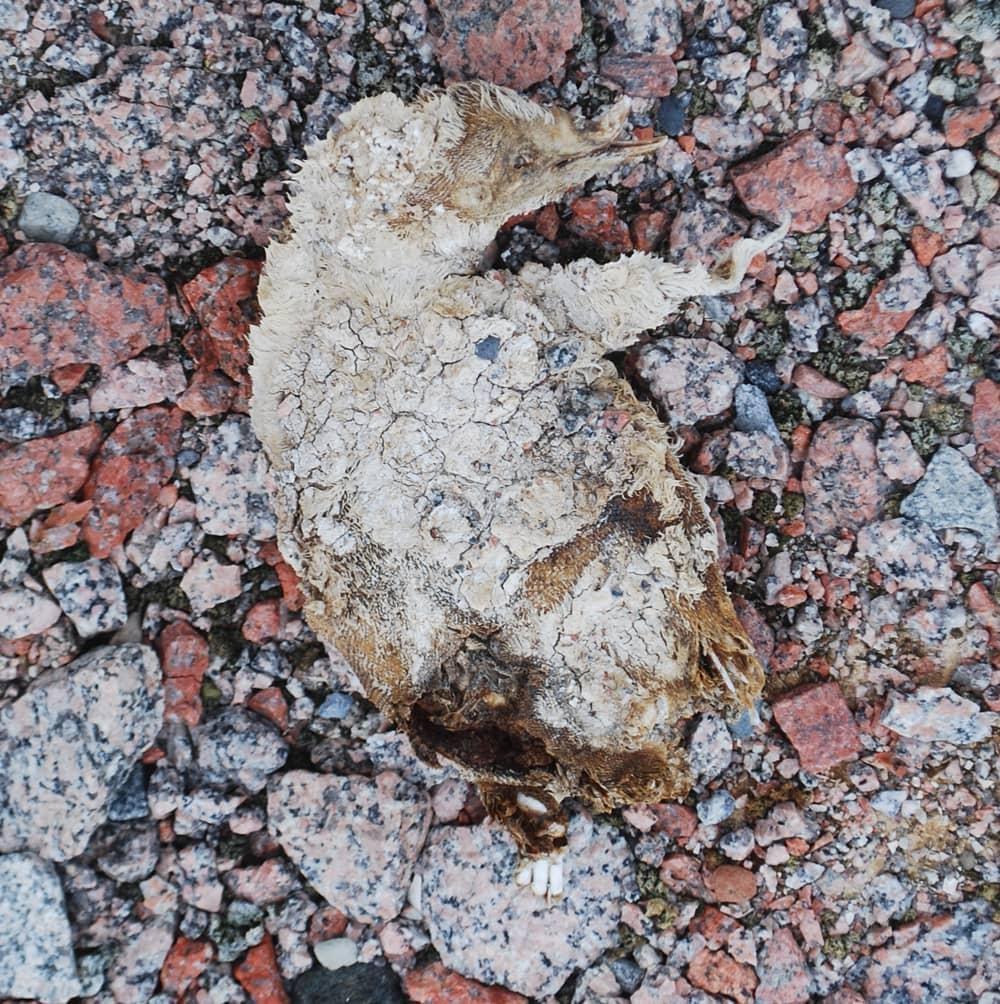Melting Antarctic Ice Reveals Mummified Penguins and Secrets of Climate Change


The Ross Sea is one of the most productive marine ecosystems in the Southern Ocean. At its head is the Ross Ice Shelf, which stretches across vast areas of Antarctica and covers the sea.
Besides the rich marine life underwater, the land masses jutting into the sea support nearly one million breeding pairs of Adelie penguins. Adelie penguins weight about 12 pounds and split their time living on land and in the water. And while one million breeding pairs of penguins sounds like a huge number, the species is listed as “near threatened.”
Cape Irizar is one of those Antactic landmasses jutting into the sea, but it wasn’t considered one of the penguin’s permanent homes.

That changed In January 2016, when several abandoned Adelie penguin sites were discovered on the Cape, along with what appeared to be fresh remains of penguin bones, feathers and carcasses.
Steve Emslie, a Professor of Biology and Marine Biology at the University of North Carolina Wilmington discovered a huge surprise as he analyzed the remains. Using radiocarbon dating, Emslie found the “fresh” remains were actually ancient.
“Since I have travelled there so many times in the past decade, I’ve noticed changes that are starting to appear from a warming trend including melting glaciers and snowmelt; this is just another example,“ said Emslie.
It turns out nature had preserved the remains in ice and snow for centuries and only recent snowmelt had exposed the frozen carcasses, allowing them to decay and appear fresh. Among the remains was a mummified penguin chick, believed to date back 800 years.

Recent warming trends and historical imagery from NASA’s Landsat satellites show the melting began around 2013.
The study appears in the latest online edition of Geology, “Ancient Adelie Penguin Colony Revealed by Snowmelt at Cape Irizar, Ross Sea, Antarctica”
Emslie finds it “very satisfying” to have his work published in peer reviewed journal.
“That strengthens and validates the paper and its results among the scientific community,” said Emslie. “It will be viewed by a broad audience and hopefully generate more research in this region of Antarctica.”
Emslie also hopes his work will provide clues on how the penguins adapt to climate change and what might be needed to help the species survive. The early analysis of bone collagen shows evidence of a thriving penguin colony thousands of years ago, but something happened.
“The climate is changing and its effects are most dramatic in the Arctic and Antarctic,” adds Emslie. “Those changes are having a definite impact on penguin behavior, food supplies, and survival.”